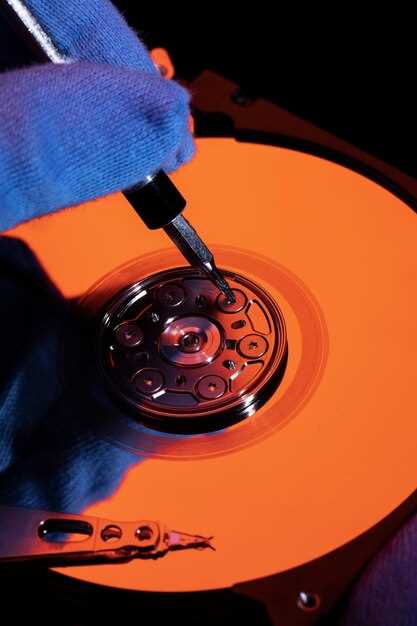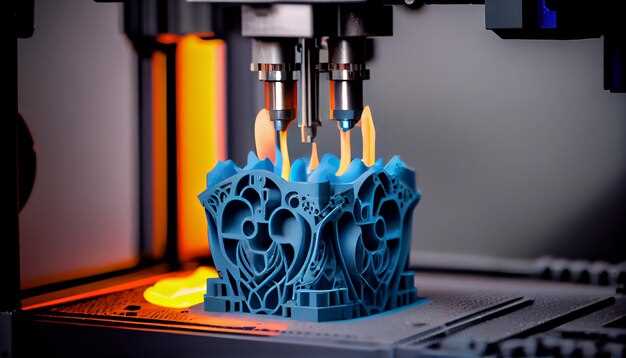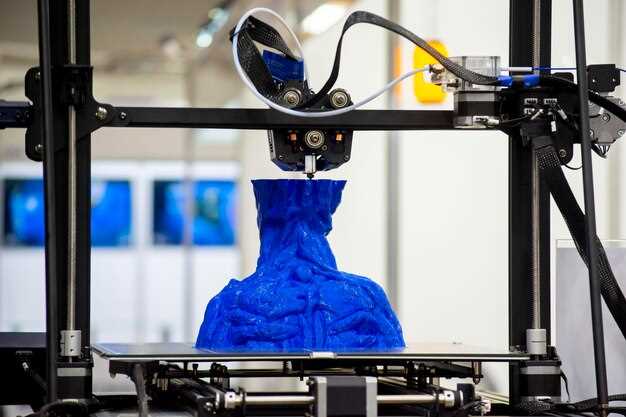
The automotive industry is experiencing a transformative shift, driven by the rise of 3D printing technologies. These innovations are revolutionizing the way custom car parts are manufactured, enabling engineers and designers to create components that were previously unimaginable. By harnessing the power of 3D printing, manufacturers can now produce high-quality parts that cater to individual specifications, pushing the boundaries of automotive design and functionality.
In the realm of custom parts, 3D printing offers unparalleled flexibility and efficiency. Traditional manufacturing processes often involve lengthy lead times and significant costs, especially for one-off or low-volume production runs. With the advent of 3D printing, car enthusiasts and manufacturers alike can quickly iterate designs, test prototypes, and scale production without the prohibitive expenses associated with conventional methods. This agility translates to a deeper personalization of vehicles, allowing for unique modifications that can enhance performance, aesthetics, and user experience.
The potential of 3D printing in the automotive sector is not just limited to performance parts or aesthetic upgrades; it also plays a critical role in sustainability initiatives. By optimizing material usage and reducing waste, 3D printing contributes to a greener manufacturing process. As the industry continues to embrace these cutting-edge technologies, the fusion of innovation and customization promises to redefine the future of automotive manufacturing, setting new standards for efficiency, creativity, and sustainability.
Exploring Materials for Durable Custom Car Parts

In the realm of 3D printing, selecting the right materials is crucial for creating durable custom car parts. Different materials exhibit unique properties that can significantly influence the performance, weight, and longevity of the components produced.
One of the most widely used materials in 3D printing for automotive applications is ABS (Acrylonitrile Butadiene Styrene). Known for its excellent strength-to-weight ratio, ABS is highly resistant to impact and heat, making it suitable for various custom parts such as dashboards and housings.
Another promising material is PETG (Polyethylene Terephthalate Glycol-Modified), which offers superior durability and flexibility compared to traditional plastics. PETG is less brittle than ABS and can withstand higher temperatures, which is ideal for custom parts exposed to environmental stresses.
For applications requiring even greater strength and heat resistance, nylon emerges as a strong contender. Nylon 3D printing components boast excellent tensile strength and durability, making them perfect for high-stress parts such as gears, brackets, and structural reinforcements.
In recent years, composite materials have gained traction in the automotive industry. Materials such as carbon fiber-infused nylon provide exceptional rigidity and reduced weight, allowing the creation of lightweight yet robust custom parts that enhance vehicle performance.
Finally, metal 3D printing, utilizing materials like titanium and aluminum, enables the production of extremely durable and lightweight components. These metals are particularly beneficial for highly stressed areas of custom car parts, ensuring both performance and reliability during operation.
Overall, the choice of material in 3D printing plays a pivotal role in the development of durable custom car parts. Understanding the specific requirements and properties of each material enables manufacturers to create high-quality, tailored solutions for diverse automotive needs.
Design Techniques for Optimizing 3D Printed Components

When crafting custom car parts through 3D printing, understanding design techniques is crucial for optimizing component performance and functionality. The complexity and customization capabilities offered by 3D printing necessitate specific approaches to design, ensuring parts not only meet aesthetic requirements but also excel in durability and fit.
One effective technique is utilizing topology optimization, which involves adjusting the material layout within a specified design space. This method enhances structural performance while minimizing material use, leading to lighter and stronger components. By focusing on stress distribution and load pathways, designers can create parts that are not only efficient but also tailored to the specific needs of the vehicle.
Incorporating parametric design is another essential technique. This method allows for the creation of adaptable parts that can change according to various parameters or constraints. Designers can manipulate variables such as size, shape, and weight, making it easier to produce numerous variations of a part for different vehicle models or performance requirements.
Additionally, employing lattice structures can significantly improve the performance of 3D printed components. Lattice design enables the creation of complex internal geometries that reduce weight while maintaining strength. It is particularly beneficial for parts that experience varying load conditions, as it enhances flexibility and resilience.
Surface finishing techniques are also vital for optimizing 3D printed parts. Post-processing methods such as sanding, polishing, or applying coatings can improve the surface quality, enhance aesthetic appeal, and increase the component’s resistance to wear and corrosion. These techniques are crucial for parts exposed to harsh environments in automotive applications.
Finally, considering design for manufacturability (DFM) is essential. This involves analyzing design elements that may affect the 3D printing process, such as overhangs, complex geometries, and support structures. By designing with the printing process in mind, designers can prevent common issues, such as warping or excessive support material, thus improving the overall quality and functionality of the car parts produced.
Cost Analysis of 3D Printing vs. Traditional Manufacturing for Custom Parts
The choice between 3D printing and traditional manufacturing for custom parts often hinges on cost considerations. Traditional manufacturing methods such as injection molding or CNC machining generally require significant upfront investments, particularly for tooling and setup. These costs can become prohibitive, especially for small production runs. Conversely, 3D printing minimizes these initial expenses since it does not require the same level of tooling. Parts can be printed directly from digital models, making it feasible to produce low volumes without incurring high costs.
Material expenses also differ significantly between the two methods. In traditional manufacturing, bulk materials are often needed, which can increase costs. 3D printing, on the other hand, allows for precise material usage, potentially reducing waste. This efficiency can lead to overall savings, particularly when producing complex or unique parts that require intricate designs.
Labor costs represent another aspect of cost analysis. Traditional manufacturing processes usually involve multiple steps and require skilled workers for setup, operation, and quality control. In contrast, 3D printing can be operated by fewer personnel, as the automation level is higher. This reduction in labor can contribute to lower operational costs, making 3D printing an attractive option for small businesses and custom projects.
However, it is crucial to consider long-term costs. While 3D printing might be more economical for initial small runs, traditional manufacturing becomes more cost-effective as production scales up. The per-part cost decreases with larger quantities in traditional methods due to amortized initial costs. Therefore, businesses must assess their production volume and future needs when evaluating the overall economic impact of each manufacturing method.
In conclusion, cost analysis reveals that both 3D printing and traditional manufacturing have their advantages and drawbacks in custom parts production. The choice largely depends on factors such as production volume, design complexity, and material requirements. Understanding these elements is essential for making informed decisions that align with business goals and budget constraints.



